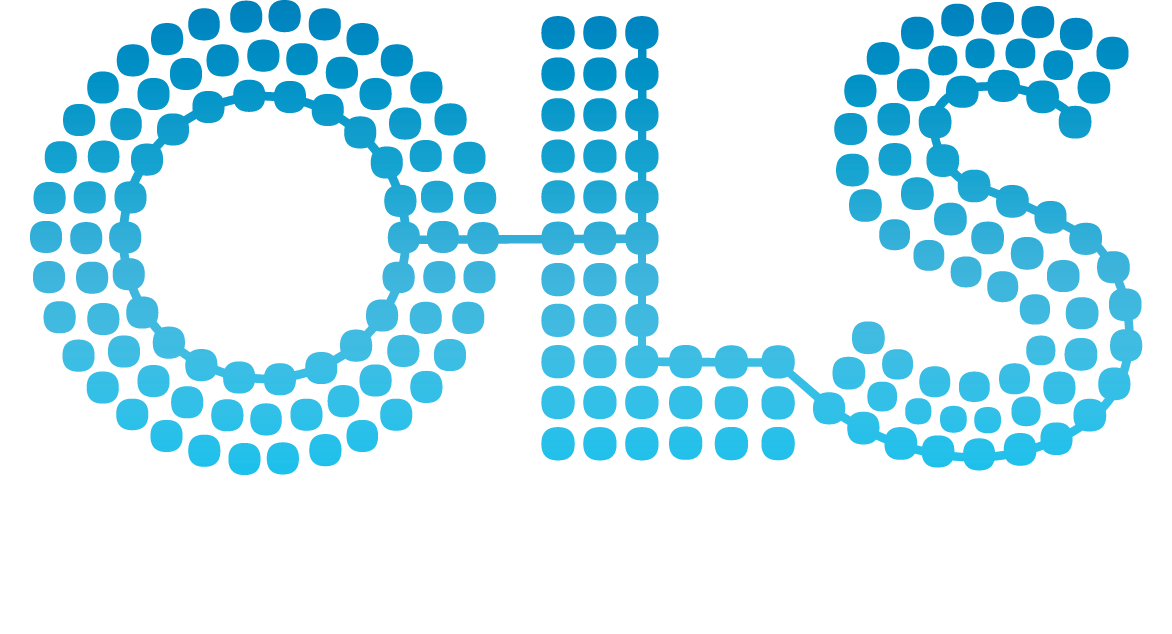All terms in GO
| Label | Id | Description |
|---|---|---|
| actin filament organization | GO_0007015 |
A process that is carried out at the cellular level which results in the assembly, arrangement of constituent parts, or disassembly of cytoskeletal structures comprising actin filaments. Includes processes that control the spatial distribution of actin filaments, such as organizing filaments into meshworks, bundles, or other structures, as by cross-linking.
|
| skeletal muscle myosin thick filament assembly | GO_0030241 |
The aggregation, arrangement and bonding together of proteins to form the myosin-based thick filaments of myofibrils in skeletal muscle.
|
| striated muscle myosin thick filament assembly | GO_0071688 |
The aggregation, arrangement and bonding together of proteins to form the myosin-based thick filaments of myofibrils in striated muscle.
|
| autophagy of peroxisome | GO_0030242 |
The process in which peroxisomes are delivered to a type of vacuole and degraded in response to changing nutrient conditions.
|
| autophagy | GO_0006914 |
The cellular catabolic process in which cells digest parts of their own cytoplasm; allows for both recycling of macromolecular constituents under conditions of cellular stress and remodeling the intracellular structure for cell differentiation.
|
| cellulose metabolic process | GO_0030243 |
The chemical reactions and pathways involving cellulose, a linear beta1-4 glucan of molecular mass 50-400 kDa with the pyranose units in the -4C1 conformation.
|
| beta-glucan metabolic process | GO_0051273 |
The chemical reactions and pathways involving beta-glucans, compounds composed of glucose residues linked by beta-D-glucosidic bonds.
|
| cellulose biosynthetic process | GO_0030244 |
The chemical reactions and pathways resulting in the formation of cellulose, a linear beta1-4 glucan of molecular mass 50-400 kDa with the pyranose units in the -4C1 conformation.
|
| beta-glucan biosynthetic process | GO_0051274 |
The chemical reactions and pathways resulting in the formation of beta-glucans.
|
| cellulose catabolic process | GO_0030245 |
The chemical reactions and pathways resulting in the breakdown of cellulose, a linear beta1-4 glucan of molecular mass 50-400 kDa with the pyranose units in the -4C1 conformation.
|
| beta-glucan catabolic process | GO_0051275 |
The chemical reactions and pathways resulting in the breakdown of beta-glucans.
|
| carbohydrate binding | GO_0030246 |
Binding to a carbohydrate, which includes monosaccharides, oligosaccharides and polysaccharides as well as substances derived from monosaccharides by reduction of the carbonyl group (alditols), by oxidation of one or more hydroxy groups to afford the corresponding aldehydes, ketones, or carboxylic acids, or by replacement of one or more hydroxy group(s) by a hydrogen atom. Cyclitols are generally not regarded as carbohydrates.
|
| polysaccharide binding | GO_0030247 |
Binding to a polysaccharide, a polymer of many (typically more than 10) monosaccharide residues linked glycosidically.
|
| cellulose binding | GO_0030248 |
Binding to cellulose.
|
| cyclase regulator activity | GO_0010851 |
Binds to and modulates the activity of an enzyme that catalyzes a ring closure reaction.
|
| obsolete chymase activity | GO_0030271 |
OBSOLETE. Catalysis of the preferential cleavage: Phe-Xaa > Tyr-Xaa > Trp-Xaa > Leu-Xaa.
|
| 5-formyltetrahydrofolate cyclo-ligase activity | GO_0030272 |
Catalysis of the reaction: 5-formyltetrahydrofolate + ATP = 5,10-methenyltetrahydrofolate + ADP + H(+) + phosphate.
|
| cyclo-ligase activity | GO_0016882 |
Catalysis of the joining of two groups within a single molecule via a carbon-nitrogen bond, forming heterocyclic ring, with the concomitant hydrolysis of the diphosphate bond in ATP or a similar triphosphate.
|
| melanin-concentrating hormone receptor activity | GO_0030273 |
Combining with the cyclic peptide hormone melanin-concentrating hormone to initiate a change in cell activity.
|
| protein-hormone receptor activity | GO_0016500 |
Combining with a protein hormone to initiate a change in cell activity.
|
